Beans belong to the Fabaceae family, originating from South America. The bean is among the plants that thrive practically everywhere. All of Europe knew about it as early as the 16th century.
There are many varieties of beans. Some are small, others large, round or white, green, yellow and even black.
Black beans are some of the most glamorous and delicious varieties of beans. A small bowl of it contains barely 1 g of fat, 41 g of carbohydrates, 15 g of fiber and 15 g of protein.
This minimal dose provides the body 20% of its daily recommended value of iron and 5% calcium for adults. Black beans also contain magnesium, potassium, phosphorus, manganese, group B vitamins.
As with all other beans, this variety needs to be soaked before use to extract the maximum benefits. Throwing away the water is a long-standing argument and is strictly the individual's choice.
In cooking, black beans are used a lot like common beans. They are found in the ingredients of numerous salads, soups, meat and meatless dishes. The ever popular bean soup can also be prepared from them.

Cooking time depends on where they come from and the growing conditions. These are often listed on the package. It is advised to consume it with brown rice or other food that regulates the protein content.
Black beans, as a more exotic variety, go perfectly with exotic spices, including turmeric, cloves, chili, cardamom, cinnamon.
A lot of people prefer to use black beans since they don't bloat the stomach. In fact, eating them protects the intestines and stomach.
The indigestible fiber in them really is more abundant than that in lentils for example, but its composition helps bacteria in the large intestines produce butyric acid. In this way, digestion is increased multiple times over.
On top of everything, black beans are low in fat and can be used in any diet plan.
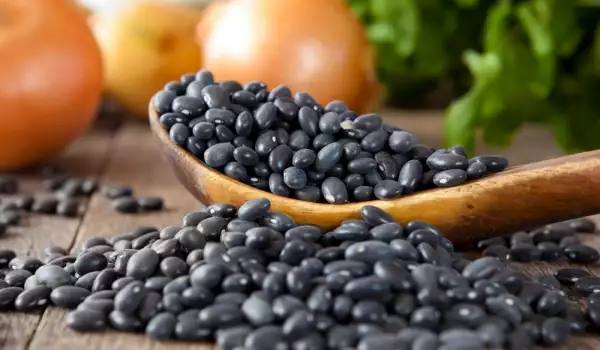
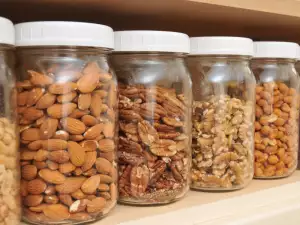




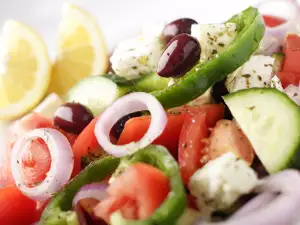

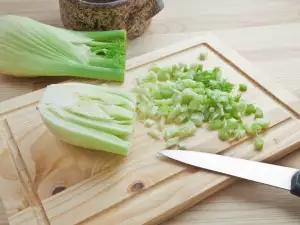


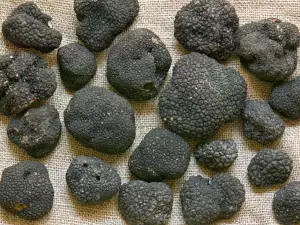
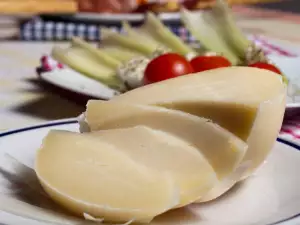
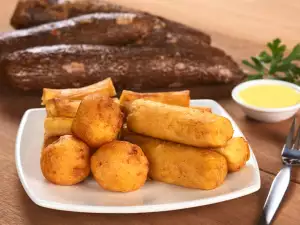






Comments